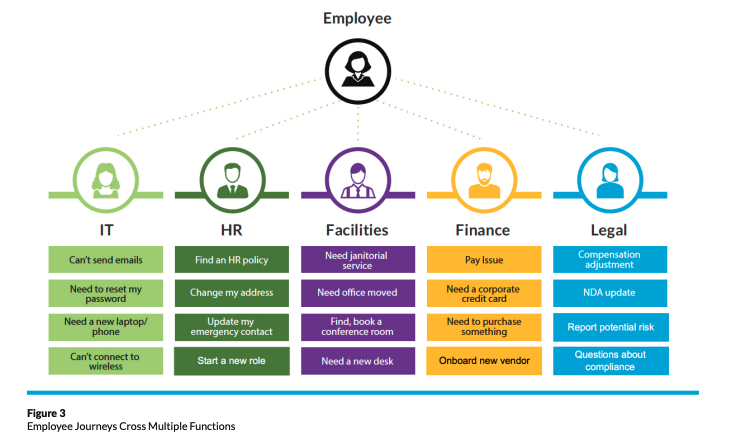You should treat your staff as if they were your customers, says global industry analyst Josh Bersin. The next stage in HR software can help.
A new category of HR software has emerged, says leading global industry analyst Josh Bersin in a new eBook, and he believes it represents the evolution of employee service delivery.
A lot of organisations have already moved from older software to cloud-based human capital management (HCM) systems. But, as the eBook outlines, satisfaction rates with cloud-based HCM are not that high.
“The most recent Sierra-Cedar study found that only 17 per cent of respondents believe their core HR system always meets company needs; the average user experience rating among more than 1,000 talent software companies is only 3.1 out of five,” says Bersin.
The Employee Experience Platform (EXP) is what comes after cloud-based HCM. It’s designed to help organisations do what cloud-based systems – as good as they are – could never quite achieve.
Bersin writes that many companies acquire a cloud-based HCM only to discover it isn’t enough.
“What they find only a year or less after implementation is that while this new platform may be more integrated, they still need standalone systems for time and scheduling, benefits, learning, and much more.”
The EXP delivers an integrated employee experience by acknowledging the reality that no single piece of software can deliver in today’s world, while still giving staff a single place to manage all their work needs, experiences and transitions in an intuitive environment.
Why is this last part so important? Because inefficient work processes are a slow poison.
Using technology effectively should always be a top priority for businesses, but even more so now that COVID-19 means staff are dispersed. Technology is the bridge between staff and their workplace, but we know that switching between tools, and integrating and maintaining different platforms, frustrates employees.
Dissatisfaction with such cloud-based HCM isn’t the result of poor design, writes Bersin. It’s a “reflection of an ever-expanding, ever-changing landscape in which no single vendor can do it all”.
“I have never seen such a massive proliferation of technology hit the enterprise at once,” he writes. “I am tracking more than 1,400 vendors that sell new tools for recruitment, performance management, wellbeing, learning, employee surveying, and other HR applications. How can we use them all?”
This is a phenomenon known as ‘tool sprawl’ and it can seriously hamper a workforce’s productivity.
Almost all employee journeys interact with HR, IT, finance, facilities and legal, so instead of creating digital solutions in silos – each with their own individual glitches, passwords and processes – it makes sense to utilise one platform that allows for cross-functional journeys between each business function.

Want to read more insights from Josh Bersin? Download ‘The Employee Experience Platform Market Has Arrived: Employee Service Delivery as a Foundation for Great Experiences’ eBook today.
Evolving the employee experience
Now is the time for organisations to think about the employee experience in the same way they think about the consumer experience, says Bersin.
If you were selling a product to someone, you wouldn’t want clunky administration or confusing communications to stand in between them and the product you’re trying to sell. You’d make it user-friendly and easy to navigate.
Making sure employees have the support and information they need, exactly when they need it, will help to increase retention rates. When staff feel heard and looked after, it also does wonders for engagement levels and happy workers equals better overall results.
Bersin writes that a good EXP is workflow-based, intelligent and context-sensitive. It should also be malleable to employees’ work preferences. These days, people are often working on the go or in a non-traditional office set-up, which is why an EXP that works across various devices is crucial.
Because there are so many stakeholders involved in any workplace, having a function that follows employees’ interactions with various business functions is also incredibly important. Even more important is tracking and actioning HR analytics borne from these interactions.
“Since an EXP may well manage and process hundreds of interactions a week, it can provide analytics to help managers identify urgent needs and problematic processes, as well as assess employee feedback,” says Bersin.
To read more of Josh Bersin’s insights, download our report and learn about:
- The definition of an Employee Experience Platform (EXP);
- What goes into an effective EXP;
- How it will integrate with your other applications, systems and processes;
- A case study of an organisation that has successfully utilised ServiceNow’s platforms; and
- Why this is a must-have for every HR and IT leader in order to drive a digital employee experience for the future of work


[…] Credit: Source link […]